The Colorado River Runs Dry
Dams, irrigation and now climate change have drastically reduced the once-mighty river. Is it a sign of things to come?
/https://tf-cmsv2-smithsonianmag-media.s3.amazonaws.com/filer/Colorado-River-reservoirs-631.jpg)
From its source high in the Rocky Mountains, the Colorado River channels water south nearly 1,500 miles, over falls, through deserts and canyons, to the lush wetlands of a vast delta in Mexico and into the Gulf of California.
That is, it did so for six million years.
Then, beginning in the 1920s, Western states began divvying up the Colorado’s water, building dams and diverting the flow hundreds of miles, to Los Angeles, San Diego, Phoenix and other fast-growing cities. The river now serves 30 million people in seven U.S. states and Mexico, with 70 percent or more of its water siphoned off to irrigate 3.5 million acres of cropland.
The damming and diverting of the Colorado, the nation’s seventh-longest river, may be seen by some as a triumph of engineering and by others as a crime against nature, but there are ominous new twists. The river has been running especially low for the past decade, as drought has gripped the Southwest. It still tumbles through the Grand Canyon, much to the delight of rafters and other visitors. And boaters still roar across Nevada and Arizona’s Lake Mead, 110 miles long and formed by the Hoover Dam. But at the lake’s edge they can see lines in the rock walls, distinct as bathtub rings, showing the water level far lower than it once was—some 130 feet lower, as it happens, since 2000. Water resource officials say some of the reservoirs fed by the river will never be full again.
Climate change will likely decrease the river’s flow by 5 to 20 percent in the next 40 years, says geoscientist Brad Udall, director of the University of Colorado Western Water Assessment. Less precipitation in the Rocky Mountains will yield less water to begin with. Droughts will last longer. Higher overall air temperatures will mean more water lost to evaporation. “You’re going to see earlier runoff and lower flows later in the year,” so water will be more scarce during the growing season, says Udall.
Other regions—the Mediterranean, southern Africa, parts of South America and Asia—also face fresh-water shortages, perhaps outright crises. In the Andes Mountains of South America, glaciers are melting so quickly that millions of people in Peru, Bolivia and Ecuador are expected to lose a major source of fresh water by 2020. In southwestern Australia, which is in the midst of its worst drought in 750 years, fresh water is so scarce the city of Perth is building plants to remove the salt from seawater. More than one billion people around the world now live in water-stressed regions, according to the World Health Organization, a number that is expected to double by 2050, when an estimated nine billion people will inhabit the planet.
“There’s not enough fresh water to handle nine billion people at current consumption levels,” says Patricia Mulroy, a board member of the Colorado-based Water Research Foundation, which promotes the development of safe, affordable drinking water worldwide. People need a “fundamental, cultural attitude change about water supply in the Southwest,” she adds. “It’s not abundant, it’s not reliable, it’s not going to always be there.”
Mulroy is also general manager of the Southern Nevada Water Authority, which serves two million people in greater Las Vegas. The city is one of the largest in the Colorado River basin, but its share of the river is relatively small; when officials allocated the Colorado’s water to different states in 1922, no one expected so many people to be living in the Nevada desert. So Nevadans have gotten used to coping with limitations. They can’t water their yards or wash their cars whenever they like; communities follow strict watering schedules. The water authority pays homeowners to replace water-gulping lawns with rocks and drought-tolerant plants. Golf courses adhere to water restrictions. Almost all wastewater is reused or returned to the Colorado River.
In 1922, conservationist Aldo Leopold paddled a canoe through the great delta at the mouth of the Colorado River. He wrote about a “wealth of fowl and fish” and “still waters...of a deep emerald hue.” In Leopold’s time, the delta stretched over nearly 3,000 square miles; today, it covers fewer than 250, and the only water flowing through it, except after heavy rains, is the runoff from alfalfa, lettuce and melon fields and pecan orchards.
The river has become a perfect symbol of what happens when we ask too much of a limited resource: it disappears. In fact, the Colorado no longer regularly reaches the sea.
Invasive plants, such as salt cedar and cattails, now dominate the delta, a landscape of seemingly endless mud flats where forests used to stand. And in the Gulf of California itself, shellfish, shrimp and waterfowl have declined dramatically as fresh water has dried up.
Peter McBride has spent two years photographing the great river, paddling a kayak through its headwaters, flying in small planes over cities and fields, rafting through the Grand Canyon and using his own two feet to traverse the delta. In his career, McBride, who lives near Basalt, Colorado, has taken pictures in 50 nations on six continents for magazines, books and films, but he relished the chance to turn his camera on the river that fed his childhood home, a Colorado cattle ranch. “I never knew much about where the river went and where it ended,” he says. In his work, McBride depicts not only the extraordinary scale of the human impact on the river but also the considerable beauty that remains.
McBride knew the delta was suffering, but he was surprised when he visited it for the first time. “I spent two weeks walking the most parched, barren earth you can imagine,” he recalls. “It’s sad to see the mighty Colorado River come to a dribble and end some 50 miles north of the sea.”
Sarah Zielinski is an assistant editor for Smithsonian. Peter McBride’s book The Colorado River: Flowing Through Conflict will be published in November 2010.
/https://tf-cmsv2-smithsonianmag-media.s3.amazonaws.com/accounts/headshot/Sarah-Zielinski-240.jpg)
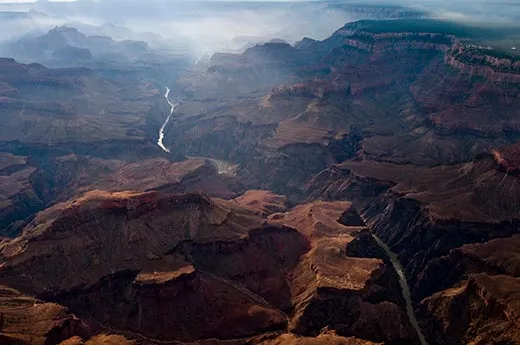
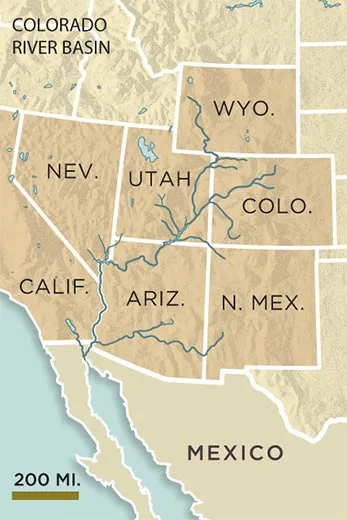
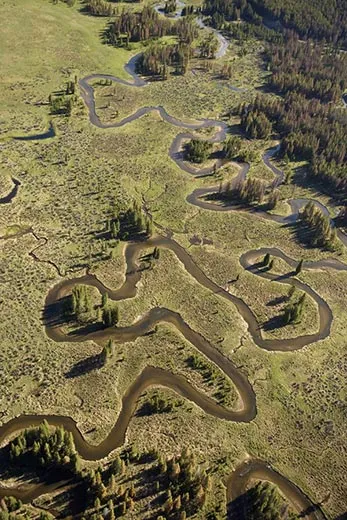
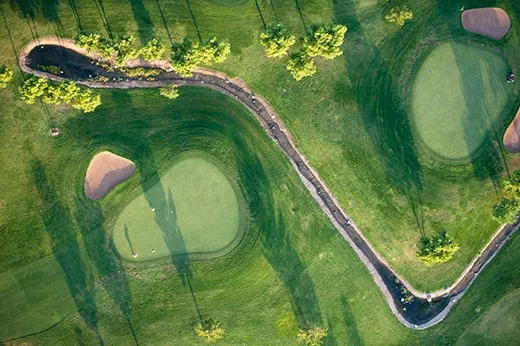
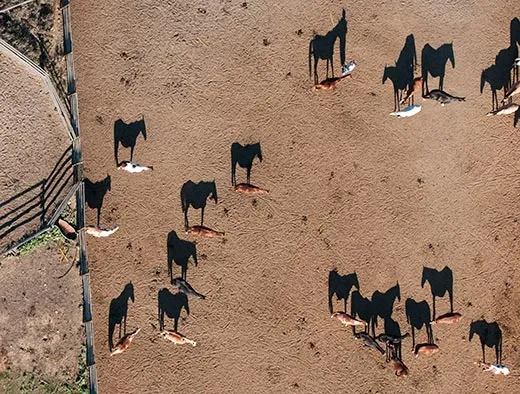
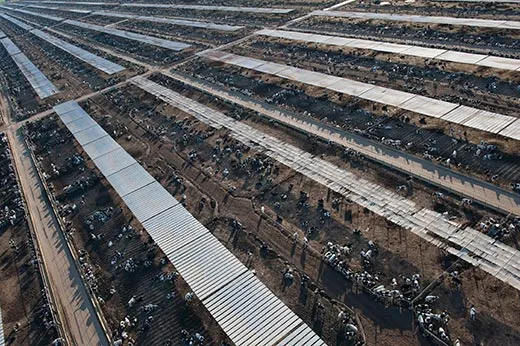
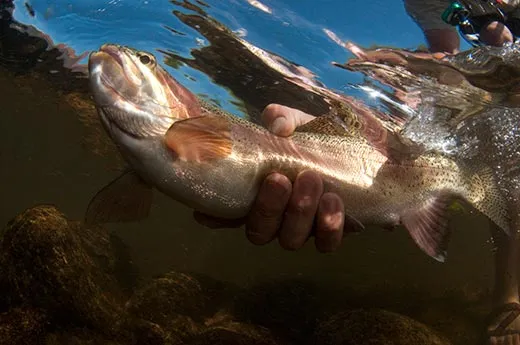
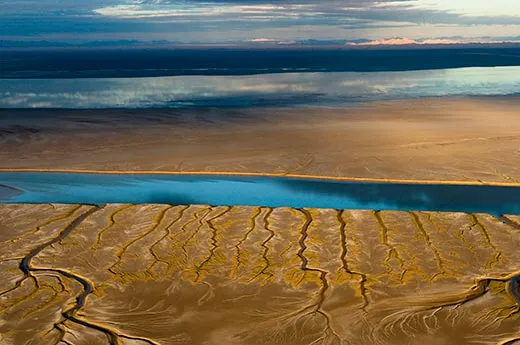
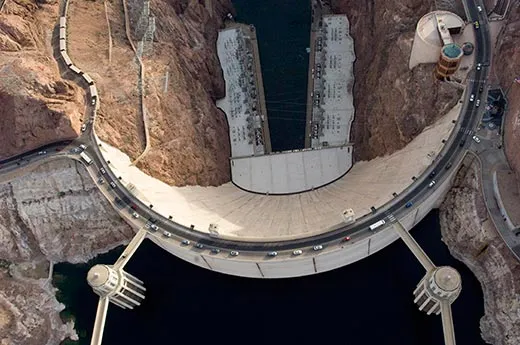
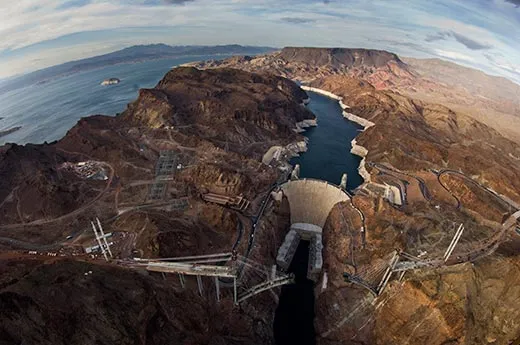
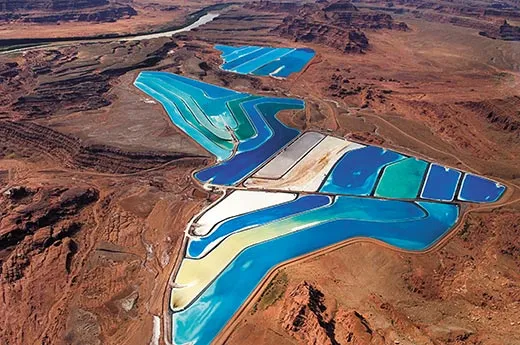
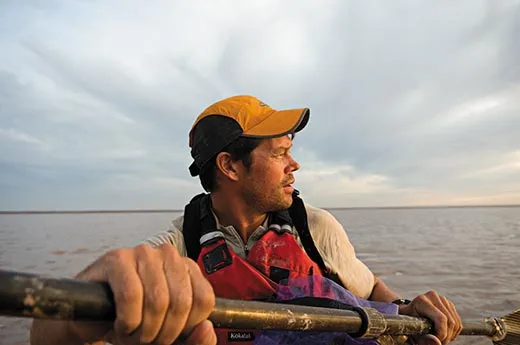
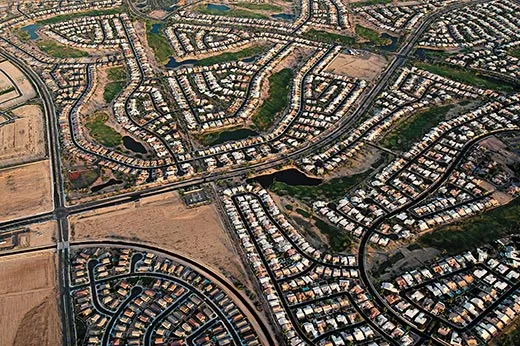
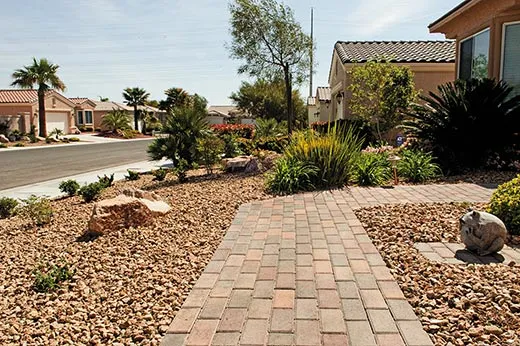
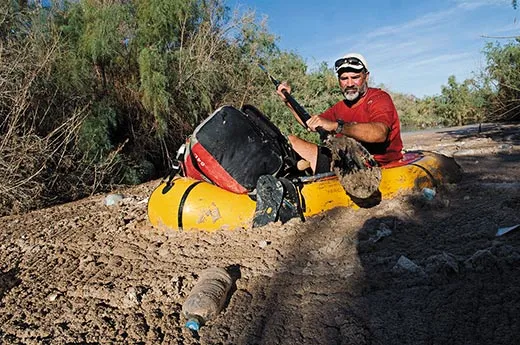
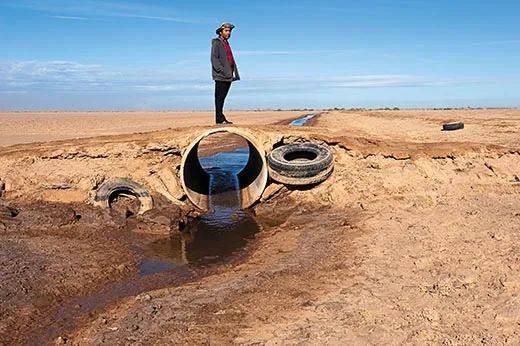
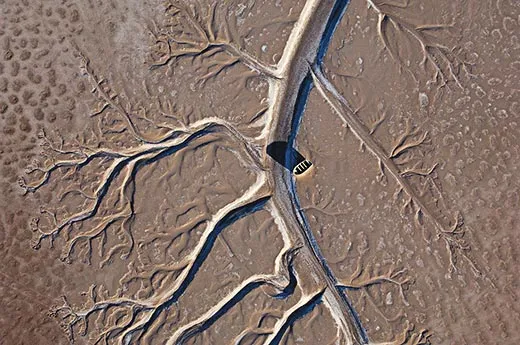
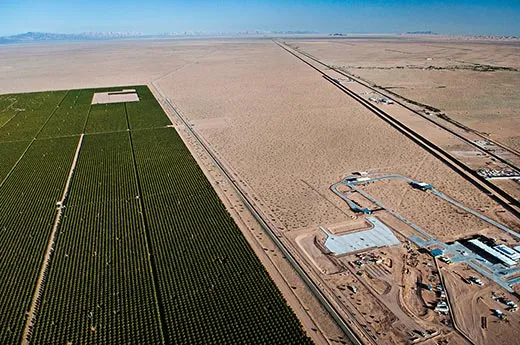
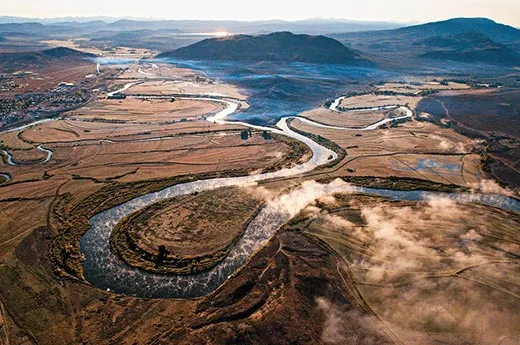
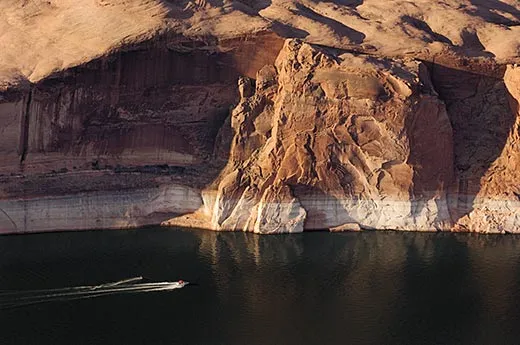
/https://tf-cmsv2-smithsonianmag-media.s3.amazonaws.com/accounts/headshot/Sarah-Zielinski-240.jpg)